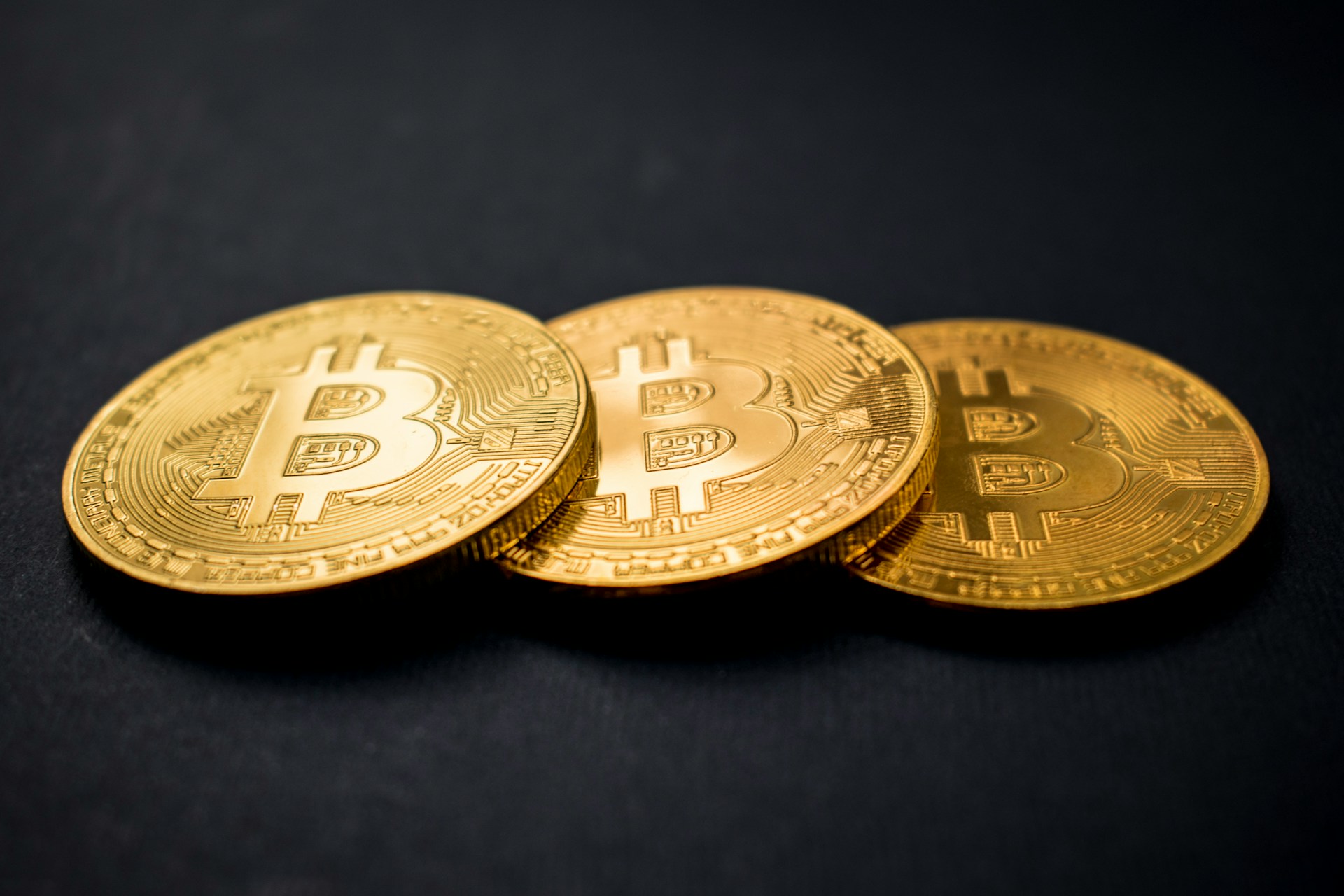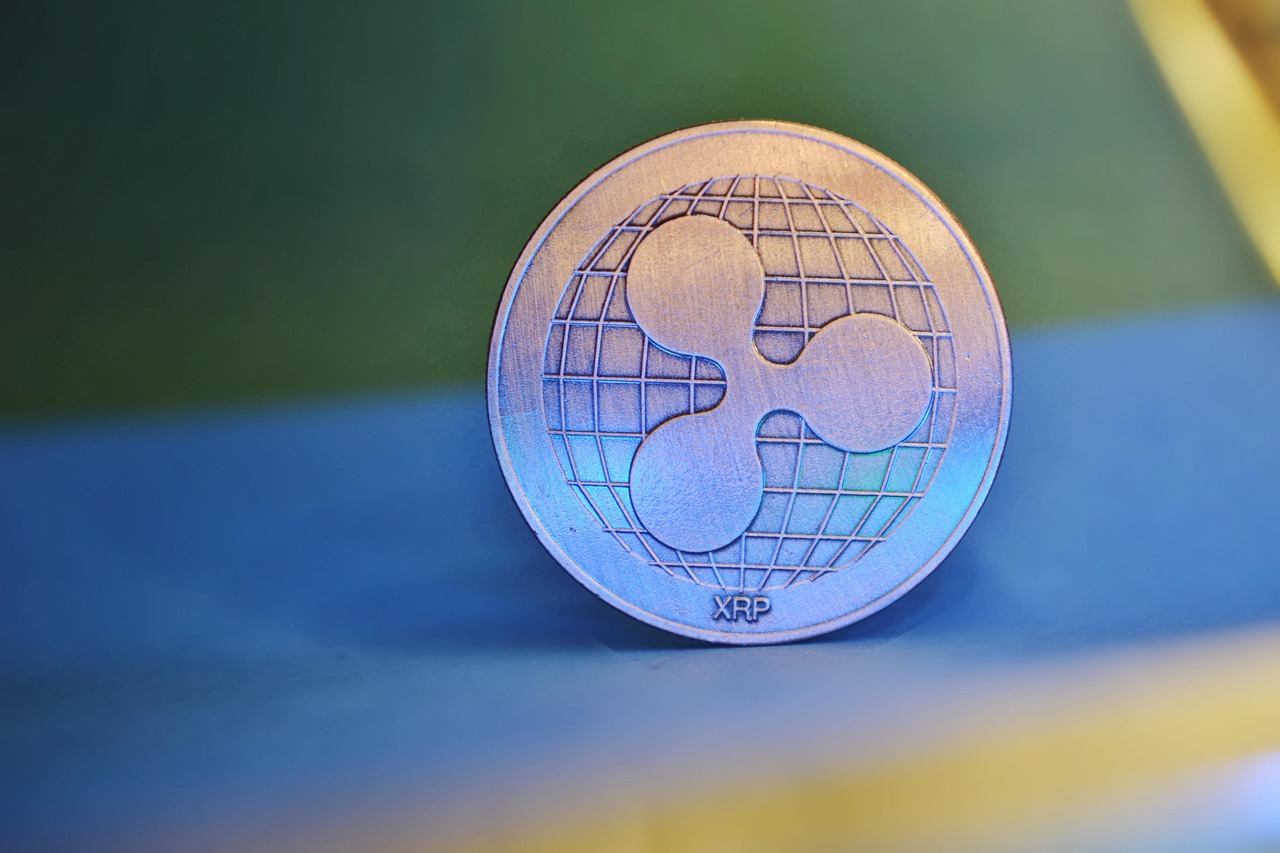
For centuries, gold has stood as the unrivalled store of value — a universal symbol of stability during economic and political turbulence. But now, Bitcoin, often hailed as “digital gold”, is challenging that dominance in an increasingly serious way.
As of May 2025, both assets are trading at historic highs. Bitcoin is fluctuating between $100,000 and $110,000, while gold has surged past $3,300 per ounce. With inflation fears mounting, geopolitical tensions escalating, and institutional interest on the rise, the comparison between these two safe-haven assets has never been more relevant. But which one is better positioned for the coming decade? Let’s explore the strengths and weaknesses of each.
Valuation and Volatility
Bitcoin’s recent surge has been nothing short of remarkable. It peaked at $111,875 before settling around $105,000 by the end of May 2025. With approximately 19.87 million coins in circulation, its market capitalisation now exceeds $2.1 trillion — overtaking even Google and ranking Bitcoin as the sixth-largest asset in the world.
Gold, meanwhile, continues to trade at record levels — around $3,300 per ounce — with an estimated total market value of $22 trillion, based on around 208,874 tonnes of above-ground supply. Despite Bitcoin’s explosive growth, its overall market size remains just a fraction of gold’s.
When it comes to price volatility, the contrast is stark. According to data from NYDIG, Bitcoin’s annualised volatility stood at approximately 52.2% in Q1 2025, reflecting its notorious unpredictability. Gold, by comparison, remains far more stable, with volatility around 15.5%. Bitcoin’s price is prone to rapid double-digit shifts, while gold typically moves more gradually — reinforcing its traditional role as a stable store of value.
Institutional Adoption and the Economic Landscape
Both Bitcoin and gold are attracting increasing attention from major financial players, albeit through different mechanisms. In 2024, Bitcoin gained a significant legitimacy boost when the US Securities and Exchange Commission approved eleven spot Bitcoin ETFs. This milestone opened the doors for both institutional and retail investors.
Since then, billions have flowed into these funds, with industry heavyweights like BlackRock, Fidelity, and ARK Invest leading the charge. Corporate treasuries have followed suit: MicroStrategy now holds over 580,000 BTC, and Japanese firms such as Metaplanet are steadily growing their crypto reserves.
Gold, however, remains the go-to asset for central banks. In 2023 alone, they purchased over 1,000 tonnes, and nearly 29% plan to further increase their holdings in 2025. But even here, Bitcoin is beginning to make inroads. In early 2025, the Czech National Bank indicated it was considering allocating 5% of its €140 billion in reserves to Bitcoin — potentially becoming the first Western central bank to do so.
The broader macroeconomic environment continues to support both assets as safe-haven investments. Inflation in the United States remains elevated (with the CPI at 2.3% in April 2025, above the Federal Reserve’s 2% target), while interest rates hover between 4.25% and 4.50%. Against this backdrop, gold has climbed 40% year-on-year, while Bitcoin has posted even stronger gains — fuelled by its growing reputation as a hedge against currency devaluation.
Geopolitical instability further bolsters this trend. Gold has long thrived in crisis scenarios, underpinned by centuries of trust. But Bitcoin is increasingly viewed as a “digital crisis hedge”, prompting some investors to reallocate capital from gold ETFs to Bitcoin-based products.






